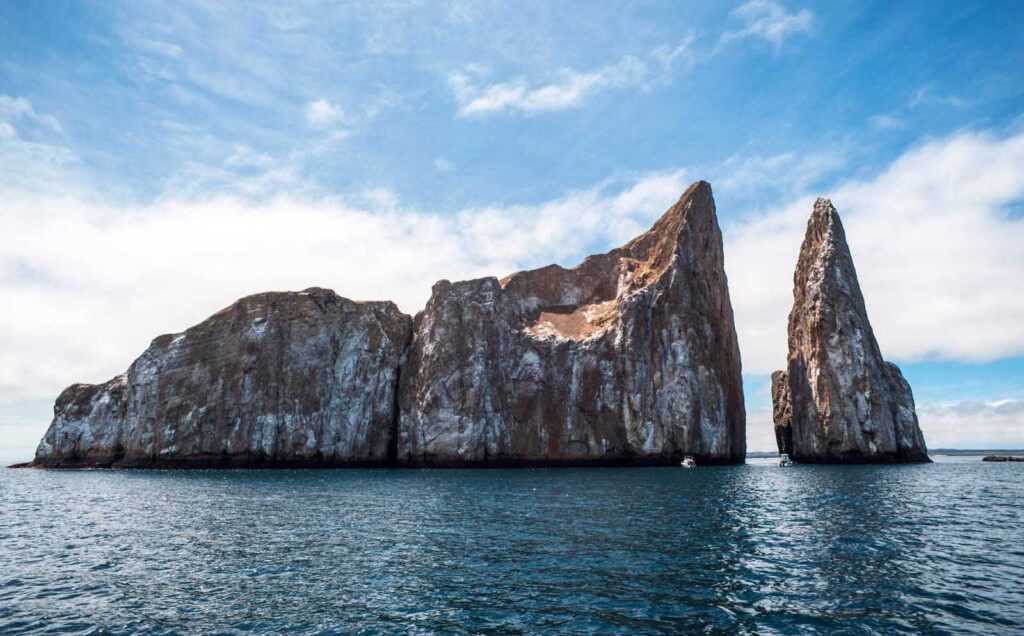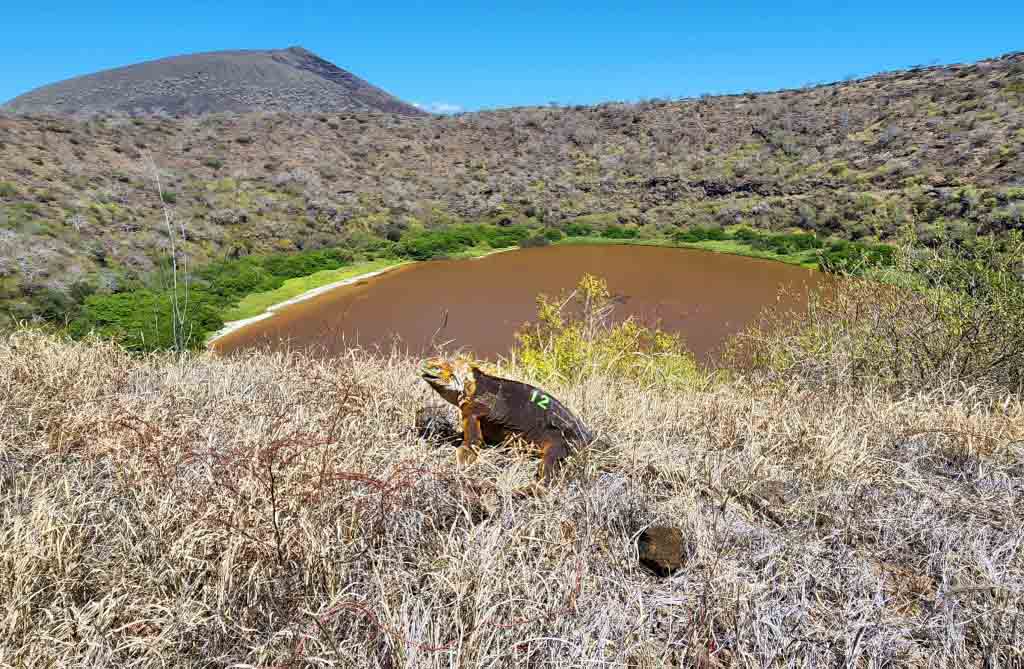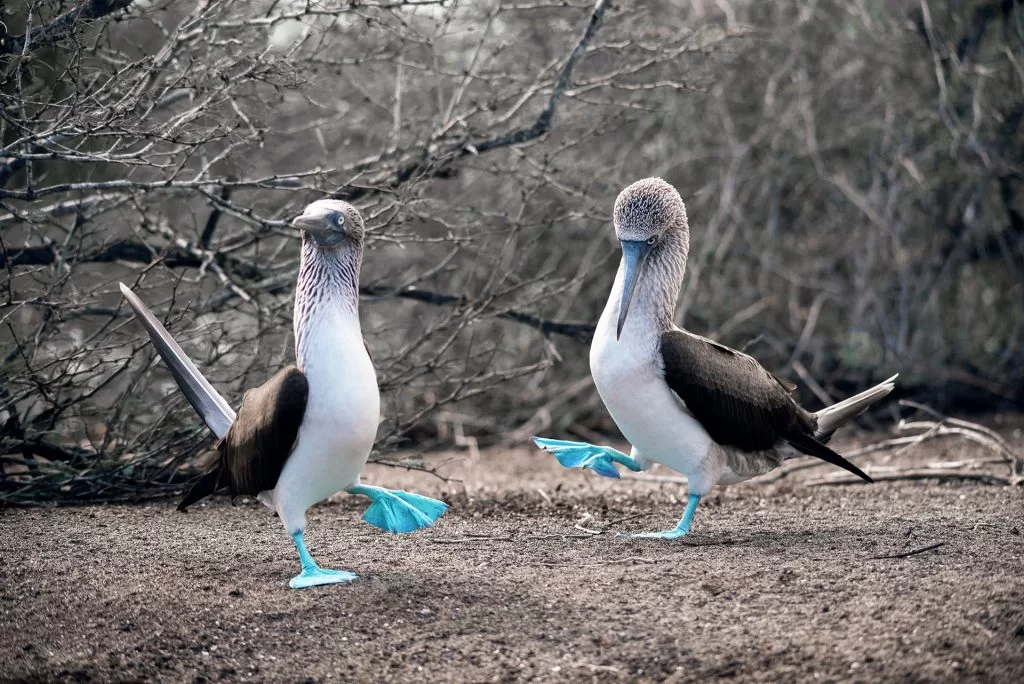Floreana Island
Are you dreaming of an unforgettable adventure in the Galapagos Islands? Floreana Island, also known as Santa Maria, is a hidden gem worth your attention.
Location and geography
Floreana Island sits at the southernmost point of the Galapagos archipelago. The island covers an area of 67 square miles. Its highest point rises to 2,099 feet above sea level. This volcanic island lies in the Pacific Ocean, located in the Southern Hemisphere.
The isolated location helps create a unique ecosystem. Floreana is one of many islands that form this archipelago. Conservation efforts aim to protect its rich marine life and fragile environment.
Visitor Sites
Floreana Island offers many sights for visitors to explore. These spots provide a glimpse into the island’s unique history and natural beauty.
List of Wildlife on Floreana Island
- Land Birds:
- Cactus Finch: Small bird with a sharp beak for feeding on cactus seeds.
- Dark-billed Cuckoo: A slender bird with a dark bill, known for its fast flight and distinctive call.
- Galapagos Dove: Small, brown dove with bright red legs and iridescent wings.
- Galapagos Hawk: The island’s top predator, large and powerful with keen eyesight.
- Hood Mockingbird: Curious and aggressive, known for following tourists and foraging close to the ground.
- Sea Birds:
- American Oystercatcher: Black and white bird with a long, orange bill, found near the shore.
- Blue-footed Booby: Known for its striking blue feet and unique courtship dance.
- Great Frigatebird: Large, black bird with a red throat pouch used to attract mates.
- Nazca Booby: A large seabird, predominantly white with a yellowish bill.
- Flamingo: Pink-colored bird seen near saltwater lagoons.
- Reptiles:
- Galapagos Green Turtle: Large marine turtle, often seen nesting on the beaches.
- Marine Iguana: Unique to the Galapagos, this reptile can swim and feed on algae in the ocean.
- Mammals:
- Dolphins: Playful and often seen swimming alongside boats.
- Galapagos Fur Seal: Smaller than sea lions, often seen lounging on rocky shores.
- Galapagos Sea Lion: Sociable animals, frequently seen playing in the water or resting on beaches.
- Marine Life:
- Hammerhead Shark: Known for its distinctive hammer-shaped head, often seen in schools.
- Rays: Graceful swimmers, including species like Manta Rays and Eagle Rays.
- Whale Shark: The largest fish in the ocean, known for its gentle nature despite its size.
- Whitetip Reef Shark: Smaller shark, commonly found near coral reefs.
These animals create a diverse ecosystem on and around Floreana Island.
Looking for an unforgettable adventure? Floreana Island, part of the Galapagos, offers rich history and unique wildlife. Visit Punta Cormorant to see flamingos in saltwater lagoons, explore volcanic landscapes, and snorkel at Devil’s Crown with vibrant marine life. It’s a perfect blend of natural beauty and fascinating history for explorers.
Frecuently Asked Questions
Floreana Island is part of the Galápagos Islands in Ecuador.
You can see giant tortoises, flamingos, and sea lions on Floreana Island.
Visitors reach Floreana by boat from other islands in the Galápagos.
Floreana offers unique wildlife sightings and rich history for visitors to explore.





